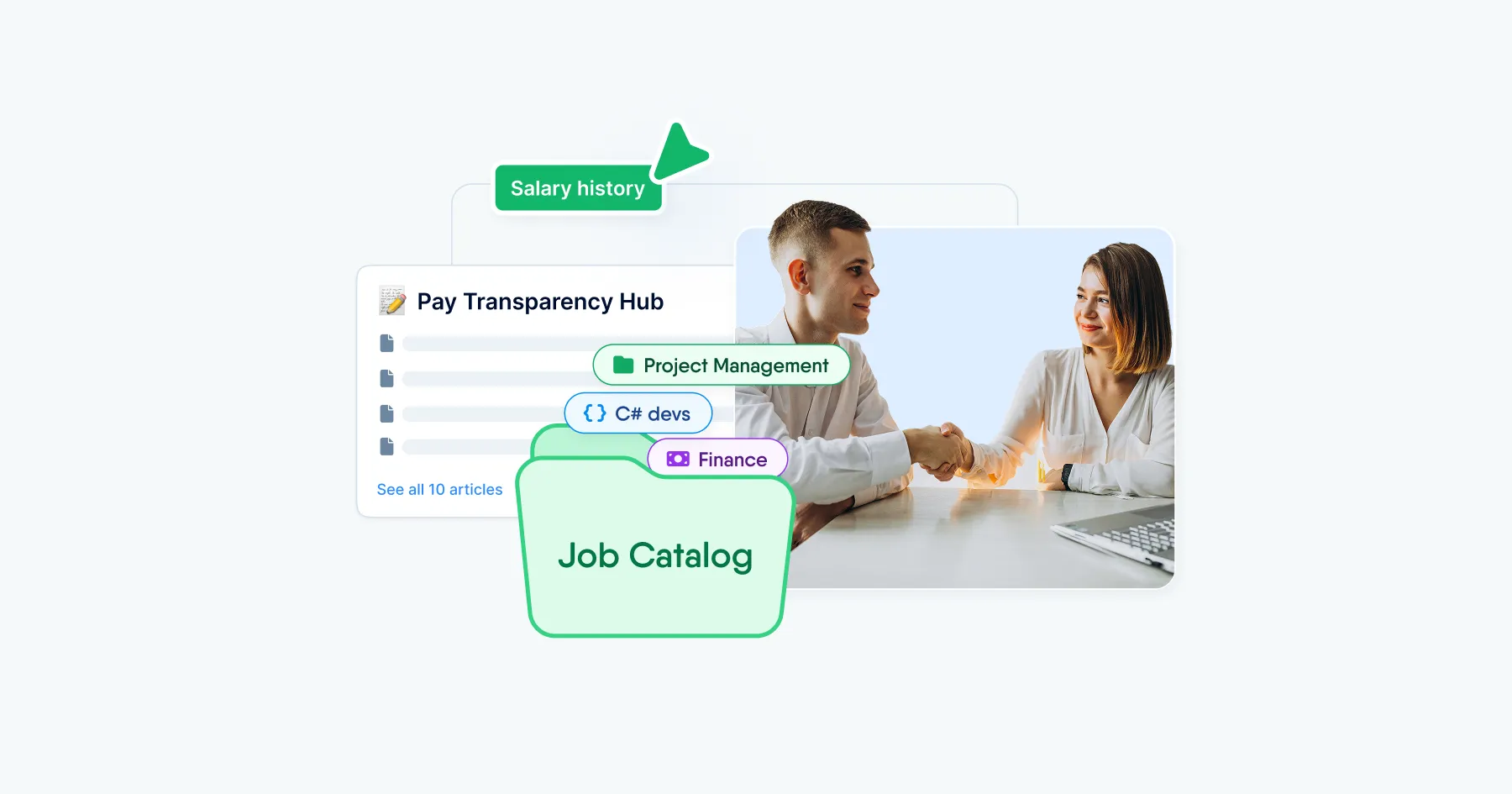HR analytics
What is HR analytics?
What is HR analytics?
Human Resource (HR) analytics constitutes the part of data analytics that directly relates to information about candidates and employees at a company, i.e., its workforce. It helps management to make informed decisions about their employees, workforce development, changes in talent management and corporate culture, etc. With the help of HR analytics, specialists can link talent decisions to business development as a whole, so it is extremely important in the context of not only improving the employee life cycle, but also increasing the level of a company’s effectiveness.
HR analytics helps you to understand the big picture of team performance and offers specific examples of how you can deepen your understanding of various HR issues. It can help, for example, to identify the cause of a sharp increase in staff turnover, or find out in which roles employees burn out faster.
It is impossible to run a company at a high professional level without HR analytics.
Examples of HR analytics use cases
- Employee turnover should be monitored regularly to avoid drastic staff turnover. This coefficient shows how effective the company's HR processes are, from hiring and onboarding to task management, employee development, internal communication, and more. This indicator can also bring clarity to problematic areas of responsibility, overload, and toxicity in the team, which are not immediately visible to the HR specialist.
- Time and cost to closing a vacancy are indicators of the effectiveness of recruiters and the HR department as a whole. The shorter the time to close and the lower the cost, the more efficient the job is. At this stage of analytics, you can see how much the human factor shows itself, especially if recruiters are managing multiple open positions.
- Time to hire is another metric that measures the quality of the hiring team's work from when the average job offer is signed until the employee is on the job. This is important as when the HR department has a high workload its employees may pay less attention to newcomers and there can be delays with paperwork, communication, workplace preparation, etc. You should monitor this metric if you don't want to incur negative reviews of the company or experience low newcomer engagement.
- The average age of your team should be tracked as this can affect the speed of work in teams and departments, mutual understanding, communication, well-being, and the overall atmosphere at the company.
- Employee engagement is an indicator that can be tracked through team surveys. Regular surveys, especially with the help of specialized HRM programs, will make it possible to review the internal indicators of the staff that directly affect their performance.
- Employee satisfaction allows you to delve into the emotions an employee is experiencing while on the team. With the help of this indicator, you will find out what they are satisfied or dissatisfied with in the workplace, how much they are satisfied with communication with their manager or mentees, and whether their current salary, bonuses, support, workload and tasks are satisfactory.
How does HR analytics affect the company?
The most significant impact of analytics on business processes is the fostering of a professional approach to staff-related problems. Here are the other key benefits:
HR analytics provide a clear structure for each employee's talents and potential.
If there are "blockers" in the team that hinder the organic development of staff they are much easier to identify.
Indicator dynamics help to ensure that problems can be solved by the employer, by providing them with everything necessary for the full life journey of an employee.
If a problem is beyond the employer's control HR analytics can help resolve them, minimizing the risks of stress and burnout for employees.
Finally, HR analytics influences the formation of a structured management and workforce development strategy, which in turn influences business strategy.
How can HR software automate workforce analytics?
With specialized HRM systems, analytics and reporting can be calculated automatically without unnecessary time wastage. Moreover, most of the ratios and calculations in such systems are performed in real-time. If you urgently need the latest HR data all you have to do is log into the system and download the required info in charts.
PeopleForce has over 40 detailed reports that are displayed on handy dashboards and are customizable to the company's specific needs. If you are interested in how to implement and optimize HR analytics with minimal costs, please contact our managers and book a demo presentation today.

